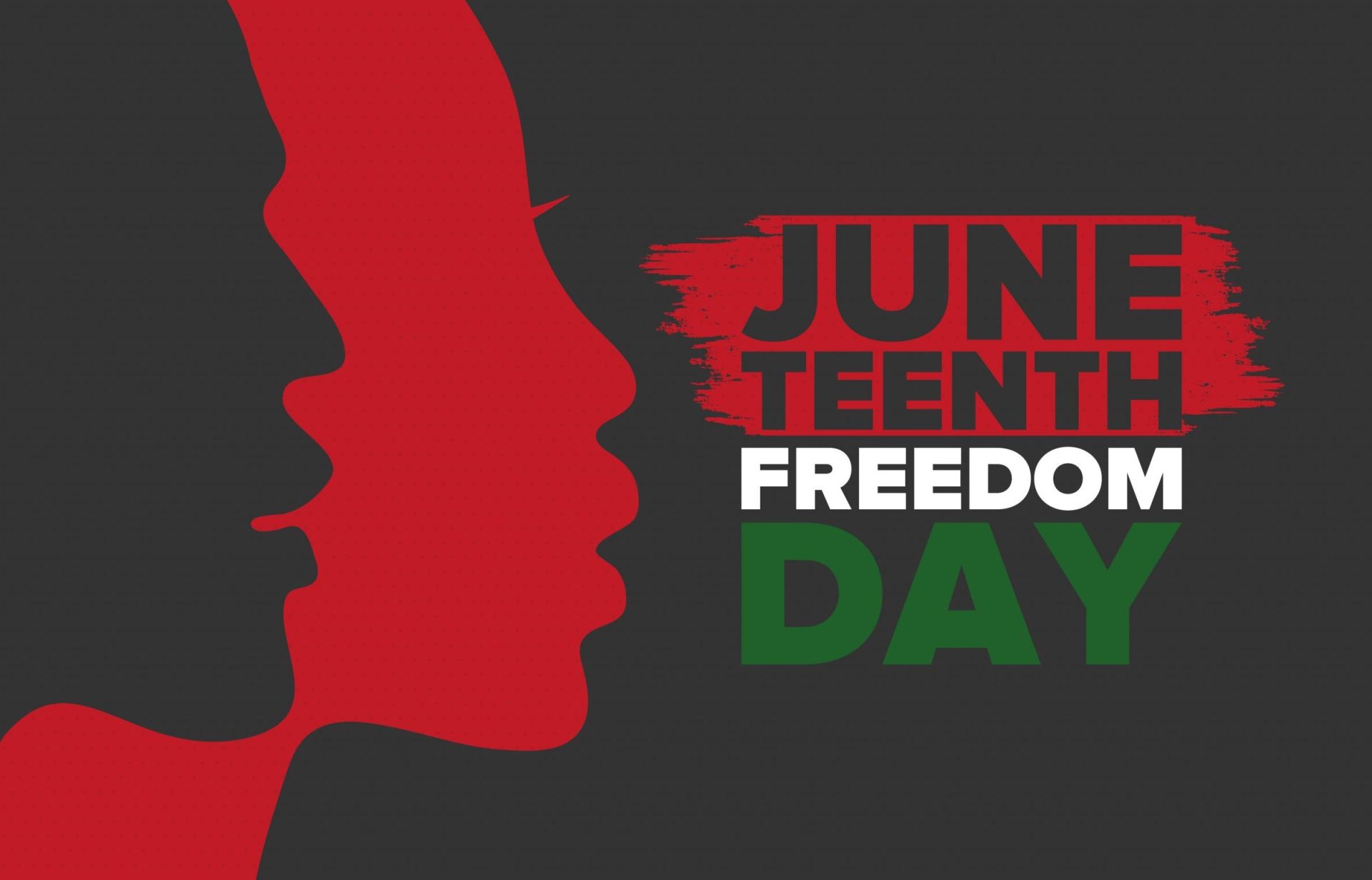Eye contact is an invaluable component of nonverbal communication, transcending language barriers to convey emotions, establish connections, and foster trust. Its significance resonates across myriad life situations, underlining its indispensable role in human interaction. In this exploration, we delve into five pivotal moments where the impact of eye contact reverberates most profoundly.
From job interviews to intimate relationships, public speaking engagements to parenting interactions, the power of eye contact manifests in diverse contexts, shaping outcomes and relationships. Understanding its nuanced significance can empower individuals to navigate these pivotal moments with confidence and authenticity. Join us as we unravel the multifaceted importance of eye contact in these key junctures of life, illuminating its role in forging connections, fostering understanding, and enriching human experiences.
1. Job interviews:
In the realm of professional interactions, job interviews stand out as a critical moment where eye contact plays a crucial role. When you make direct eye contact with your interviewer, it demonstrates confidence, sincerity, and engagement. It shows that you are attentive and interested in the conversation, leaving a positive impression on the interviewer.
2. Romantic relationships:
In matters of the heart, eye contact can be incredibly intimate and meaningful. Whether it’s a first date or a long-term relationship, maintaining eye contact can deepen emotional connections and strengthen bonds between partners. It conveys trust, affection, and a sense of closeness, fostering a deeper understanding of each other’s emotions and intentions.
3. Public speaking:
For many people, public speaking can be a daunting task. However, maintaining eye contact with your audience can significantly enhance your presentation skills and captivate your listeners. When you make eye contact with individuals in the crowd, it creates a sense of connection and engagement, making your message more relatable and persuasive. It also helps to establish authority and credibility as a speaker.
4. Parenting:
In the realm of parenting, eye contact is vital for building strong relationships and fostering healthy communication between parents and children. When parents make eye contact with their children during conversations or disciplinary moments, it conveys attentiveness, empathy, and respect. It shows children that they are being listened to and valued, strengthening the parent-child bond and promoting trust and cooperation.
5. Conflict resolution:
During times of conflict or disagreement, eye contact can be a powerful tool for resolving conflicts and finding common ground. When individuals engage in direct eye contact during difficult conversations, it demonstrates openness, sincerity, and a willingness to listen and understand each other’s perspectives. It can help de-escalate tense situations, promote empathy, and facilitate constructive dialogue, leading to mutually beneficial resolutions.
In the tapestry of human experience, eye contact emerges as a thread that binds us together, weaving through the fabric of our interactions from the mundane to the momentous. Its significance transcends boundaries of culture, age, and circumstance, serving as a universal language of connection and understanding.
As we traverse the landscapes of professional growth, personal development, and emotional resilience, the power of eye contact becomes a guiding beacon, illuminating paths towards deeper connections and richer experiences. Whether it’s the subtle exchange of glances in a job interview, the tender gaze shared between partners, or the unwavering stare that accompanies the resolution of conflict, each moment underscores the transformative influence of this simple yet profound gesture.
By embracing the importance of eye contact and honing its power, we equip ourselves with a potent tool for communication and empathy. Through its lens, we gain insights into the hearts and minds of others, fostering trust, empathy, and mutual respect. As we bid adieu to this exploration, let us carry forth this understanding, weaving the fabric of our lives with intentionality, compassion, and the unspoken language of the gaze.
This story was created using AI technology.
















